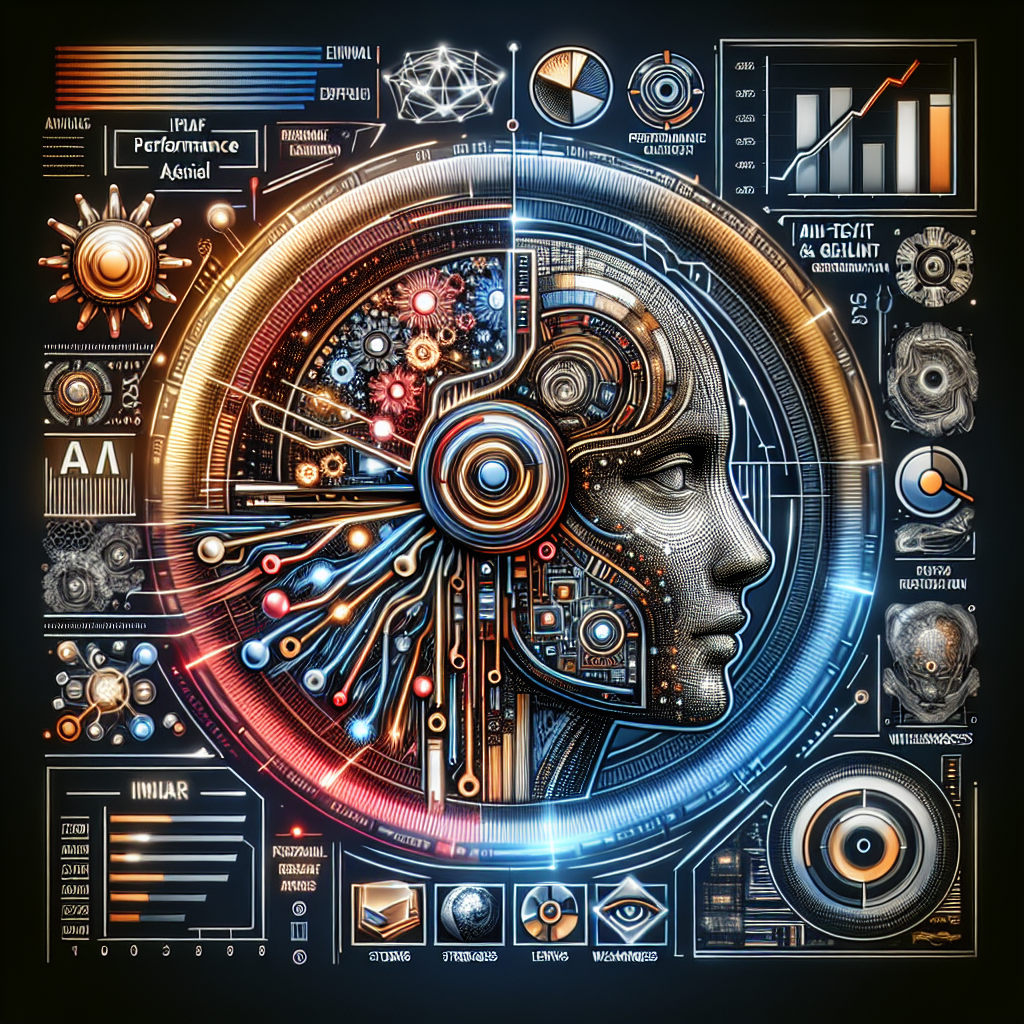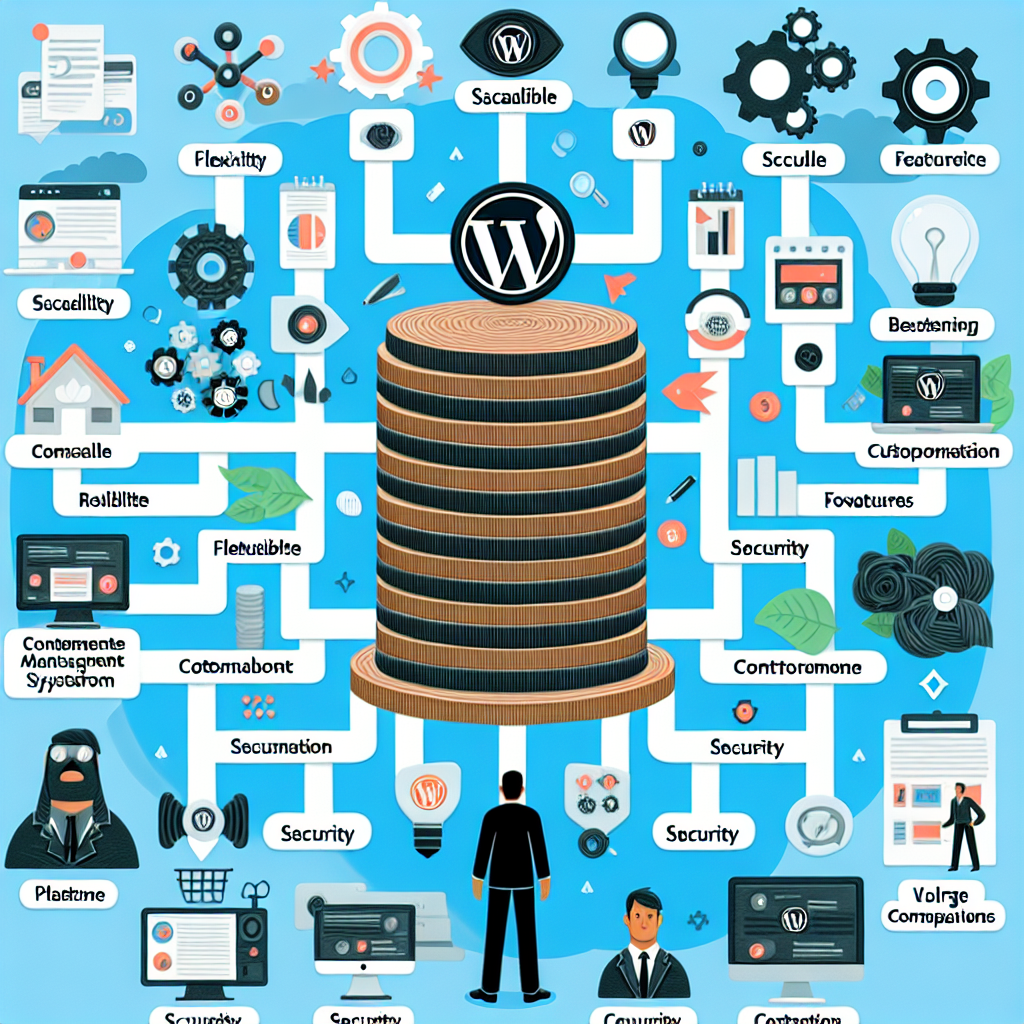In recent years, the advancements in artificial intelligence have led to the development of sophisticated models capable of generating not only text but also images. One such model is ChatGPT 3.5, which has garnered attention for its image generation capabilities. This article delves into the various aspects of evaluating ChatGPT 3.5’s image generation features, offering a comprehensive analysis of its performance, strengths, and limitations.
Assessing ChatGPT 3.5’s Image Generation Features
ChatGPT 3.5, primarily known for its prowess in text generation, has also been explored for its potential in image generation. Evaluating this feature involves examining the model’s ability to create visually coherent and contextually relevant images based on textual descriptions. The assessment process includes analyzing the quality of generated images, the accuracy in depicting the described scenes, and the consistency in style and detail. Given that ChatGPT 3.5 was not originally designed with image generation as its primary function, this evaluation provides insights into the model’s versatility and adaptability in handling multimodal tasks.
Quality and Coherence of Generated Images
The quality and coherence of images generated by ChatGPT 3.5 are critical indicators of its effectiveness. High-quality images are characterized by clear, sharp visuals with well-defined structures and minimal artifacts. Coherence refers to the logical consistency and aesthetic harmony within the image. In tests, ChatGPT 3.5 has shown varying degrees of success, often producing images that are visually appealing but occasionally lacking in fine detail or exhibiting minor distortions. The model’s ability to maintain coherence across different elements within the image is generally commendable, although there are instances where the integration of complex components falls short of expectations.
Contextual Relevance and Accuracy
Another important aspect of evaluating ChatGPT 3.5’s image generation capabilities is its ability to generate images that accurately reflect the provided textual descriptions. Contextual relevance involves ensuring that the visual output aligns with the specific details and nuances of the input text. ChatGPT 3.5 demonstrates a reasonable level of contextual awareness, often capturing the essence of the described scene. However, the accuracy of intricate details can sometimes be compromised, particularly with highly specific or abstract descriptions. This highlights the model’s strengths in general representation but also its limitations in precise depiction.
Consistency in Style and Detail
Consistency in style and detail is essential for creating a seamless visual experience. This involves maintaining uniformity in artistic style, color schemes, and the level of detail throughout the image. ChatGPT 3.5 generally performs well in preserving a cohesive style, especially when generating images with simpler or more generic themes. However, challenges arise when the model is tasked with producing images that require a high degree of stylistic specificity or intricate detailing. In such cases, inconsistencies may emerge, affecting the overall visual coherence and the viewer’s perception of quality.
In conclusion, while ChatGPT 3.5 exhibits promising capabilities in image generation, it is evident that there are areas for improvement. The model demonstrates a commendable ability to produce visually appealing and contextually relevant images, though it sometimes struggles with fine details and consistency. As AI technology continues to evolve, future iterations of models like ChatGPT are likely to overcome these limitations, further enhancing their utility in multimodal applications. For now, ChatGPT 3.5 serves as a testament to the potential of integrating text and image generation within a single AI framework, paving the way for more sophisticated and versatile AI systems.


